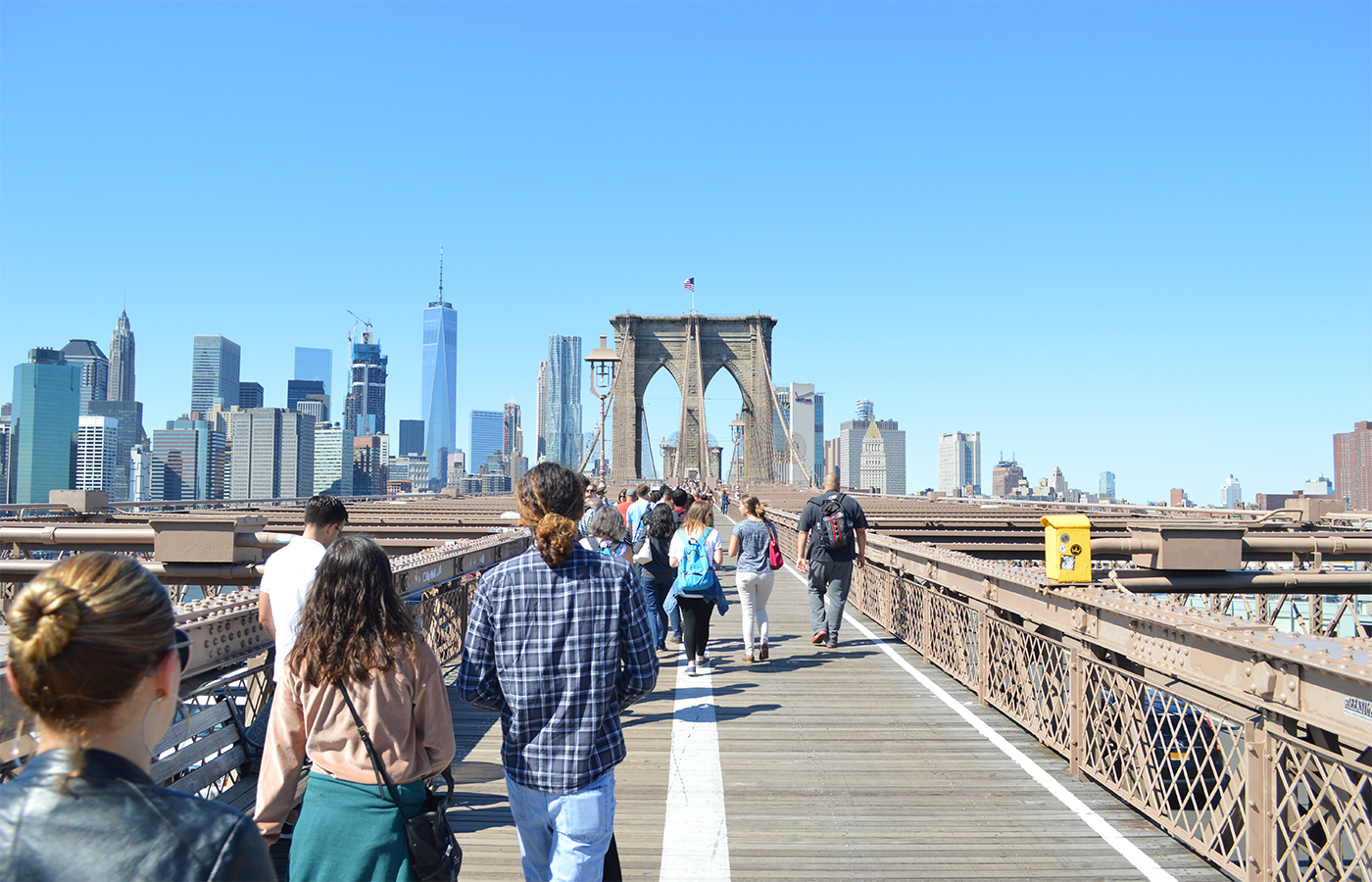Walkable neighborhoods—where daily needs can be met by walking, public transit, or biking—have become a crucial feature when it comes to real estate. These walkable urban places (“WalkUPs”) offer higher density, varied types of real estate, and multiple modes of transportation. As a result, policy makers, real estate professionals, environmentalists, and community advocates are eager to increase the supply of WalkUPs, which support an urban area’s economic development, community, and environmental sustainability.
To help New York City achieve this goal, GW’s Center for Real Estate and Urban Analysis (CREUA), housed in the GW School of Business and led by Christopher Leinberger, conducted research that culminated in The WalkUP Wake-Up Call: New York, a report released last year. In addition to evaluating the economic impact of walkable urban communities, the CREUA report, for the first time, also examined social implications of WalkUPs.
Key report findings include:
- Walkable urban places, such as NYC’s Chinatown and Brooklyn, produce most of the region’s economic gross regional product.
- New York’s tri-state region has 19 billion square feet of real estate, with a market value of $6 trillion.
- Many walkable urban places are at risk of becoming too expensive for low- and moderate-income households.
The Regional Plan Association, CREUA’s partner on this study, used many of the report’s findings for its most recent regional plan for the NYC area.
Over the past few years, Leinberger and CREUA have completed WalkUP Wake-Up reports for Atlanta, Boston, Washington, D.C., and seven distinct Michigan metropolitan areas.
A grant of $240,000 from the Rockefeller Foundation helped fund the NYC research. In addition, numerous private sector partners provided funding to support this project.


